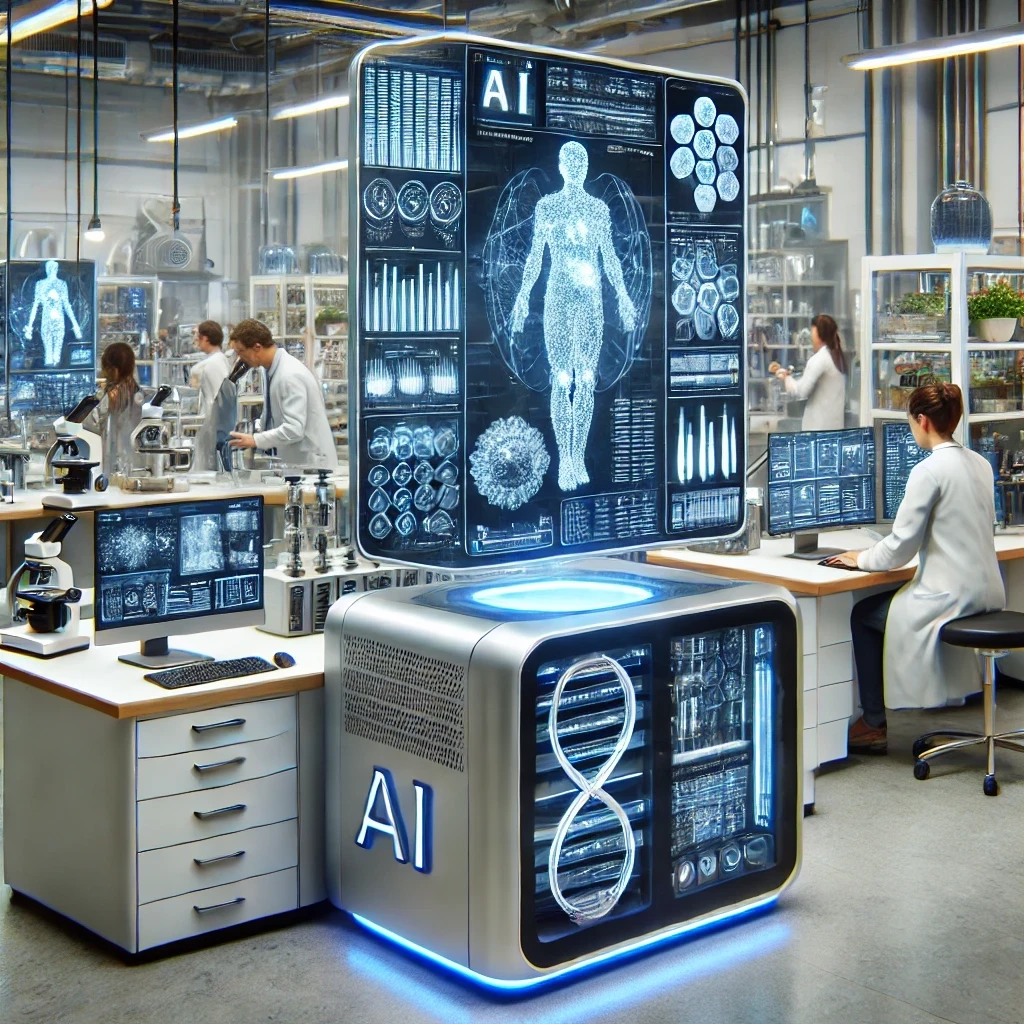World’s First Artificial Enzymes Created Using Synthetic Biology
Add bookmarkMedical Research Council (MRC) scientists have created the world’s first enzymes made from artificial genetic material. Their synthetic enzymes, which are made from molecules that do not occur anywhere in nature, are capable of triggering chemical reactions in the lab.
The research, published today in Nature, gives new insights into the origins of life and could provide a starting point for an entirely new generation of drugs and diagnostics.
The findings build on previous work by the team at the MRC Laboratory of Molecular Biology, which saw them create synthetic molecules called ‘XNAs’ that can store and pass on genetic information, in a similar way to DNA.
Using their lab-made XNAs as building blocks, the team has now created ‘XNAzymes’, which power simple reactions, such as cutting up or stitching together small chunks of RNA, just like naturally occurring enzymes.
Dr Philipp Holliger, who led the research at the MRC Laboratory of Molecular Biology, said:
“All life on earth depends on a series of chemical reactions, from digesting food to making DNA in our cells. Many of these reactions are too sluggish to happen at ambient temperatures and pressures, and require enzymes to kick-start or ‘catalyse’ the process.”
Every one of our cells contains thousands of different enzymes, many of which are proteins. But some of the key fundamental reactions necessary for life are performed by RNA, a close chemical cousin of DNA. Life itself is thought to have begun with the evolution of a self-copying RNA enzyme.
Dr Holliger explains: “Until recently, it was thought that DNA and RNA were the only molecules that could store genetic information and, together with proteins, the only biomolecules able to form enzymes. Our work suggests that, in principle, there are a number of possible alternatives to nature’s molecules that will support the catalytic processes required for life. Life’s ‘choice’ of RNA and DNA may just be an accident of prehistoric chemistry.
Dr Alex Taylor, the study’s first author in Phil Holliger’s lab at the MRC Laboratory of Molecular Biology, and a Post-doctoral Research Associate at St John’s College, Cambridge, adds: “The creation of synthetic DNA, and now enzymes, from building blocks that don’t exist in nature also raises the possibility that, if there is life on other planets, it may have sprung up from an entirely different set of molecules, and it widens the possible number of planets that might be able to host life.”
DNA and RNA are the building blocks of life, storing all of our genetic information and passing it on to future generations.
In 2012, Dr Holliger’s group showed that six alternative molecules, called XNAs, could also store genetic information and evolve through natural selection. They have now expanded on this principle to discover, for the first time, four different types of synthetic catalyst formed from these entirely unnatural building blocks.
The XNAzymes are capable of catalysing simple reactions like cutting and joining RNA strands in a test tube. One of the XNAzymes can even join XNA strands together, which represents one of the first steps to creating a living system.
Because their XNAzymes are much more stable than naturally occurring enzymes, the scientists believe they could be particularly useful in developing new therapies for a range of diseases, including cancers and viral infections, which exploit the body’s natural processes to take hold in the body.
Dr Holliger added: “Our XNAs are chemically extremely robust and, because they do not occur in nature, they are not recognised by the body’s natural degrading enzymes. This might make them an attractive candidate for long-lasting treatments that can disrupt disease-related RNAs.”
Professor Patrick Maxwell, Chair of the MRC’s Molecular and Cellular Medicine Board, said:
“Synthetic biology is delivering some truly amazing advances that promise to change the way we understand and treat disease. The UK excels in this field, and this latest advance offers the tantalising prospect of using designer biological parts as a starting point for an entirely new class of therapies and diagnostic tools that are more effective and have a longer shelf-life.”
Funders of this work included the MRC, European Science Foundation and the Biotechnology and Biological Sciences Research Council.






















